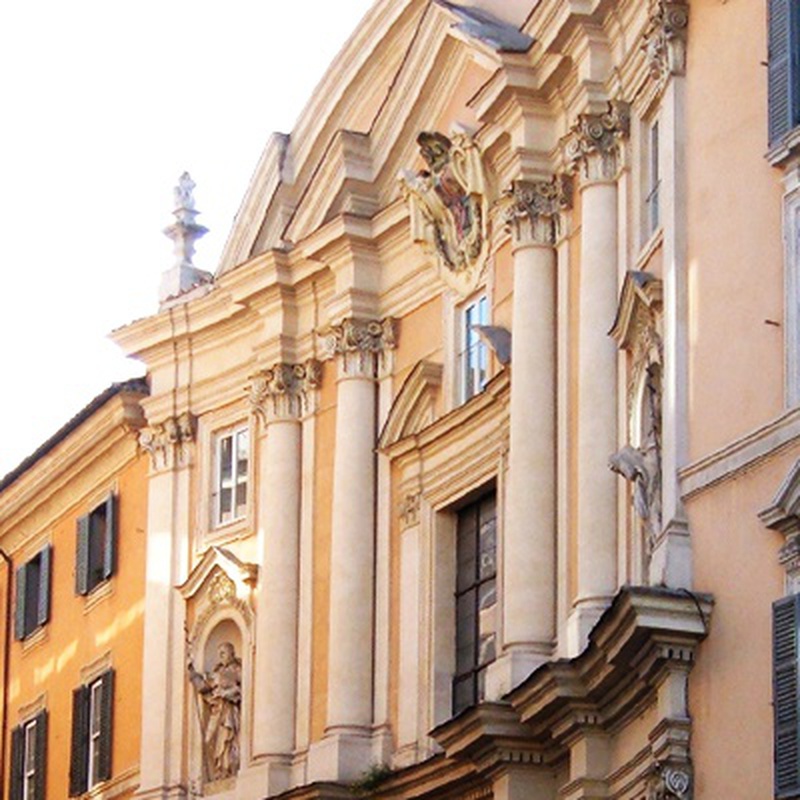Posted by Shazarch on 07 May 2022
Santissima Trinità degli Spagnoli
1741-1746 CE, Rome
Religious site / Temple
The Santissima Trinità degli Spagnoli, also known as Santissima Trinità a Via Condotti, is a church located in the Campo Marzio district of Rome, at the beginning of Via Condotti. It serves as one of the national churches of Spain in the city. Constructed between 1741 and 1746 during the papacy of Benedict XIV, the church and the adjoining convent were established by the Spanish Trinitarians. The Portuguese architect Emanuele Rodriguez dos Santos, with the assistance of Giuseppe Sardi, designed the complex on the site of the former Palazzo Ruccellai. The property was acquired in 1733 by Father Lorenzo of the Trinitarian Order on behalf of the provinces of Castiglia, Leone, and Navarre and subsequently came under the protection of the Spanish crown. The church's concave facade is adorned with statues of the order's founders, Saint John of Matha and Saint Felix of Valois, as well as the coat of arms of Philip V of Spain. Inside, the church features a vestibule leading to an elliptical main space with seven interconnected chapels, each retaining its original 18th-century paintings. The high altarpiece, depicting 'The Most Holy Trinity and the freeing of a slave,' was created by Corrado Giaquinto, with additional works by Antonio González Velázquez and a main ceiling painting by Gregorio Guglielmi. By 1880, with a diminished community, the convent was repurposed as a Dominican college for missionaries headed to the Far East.
